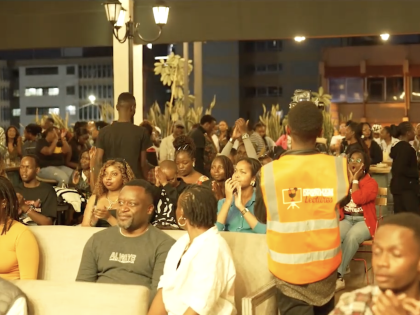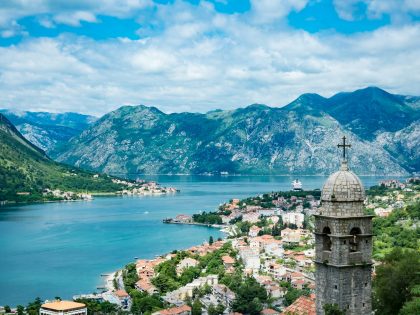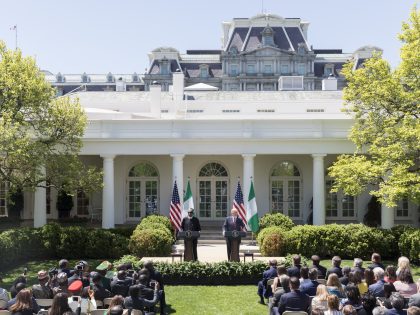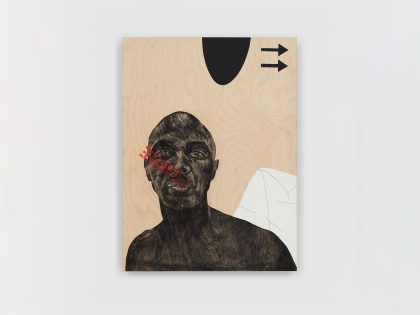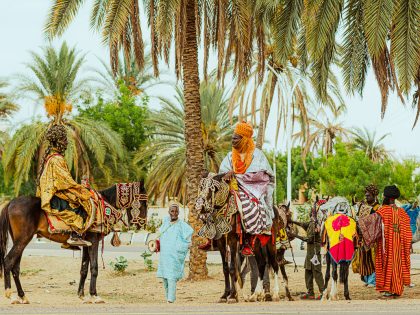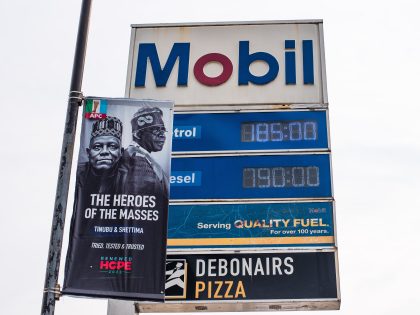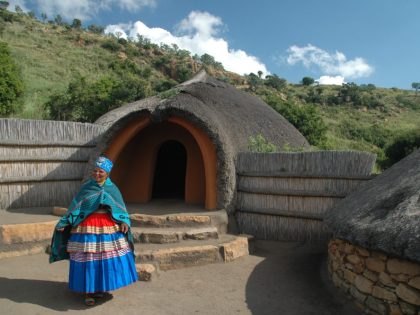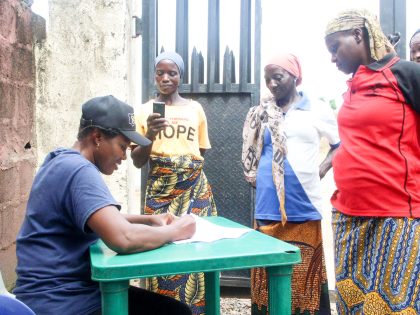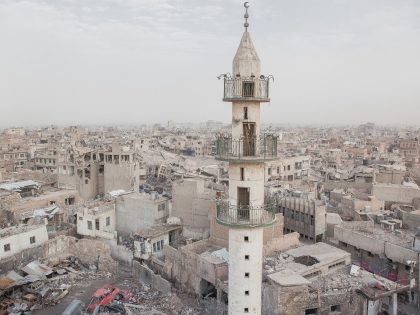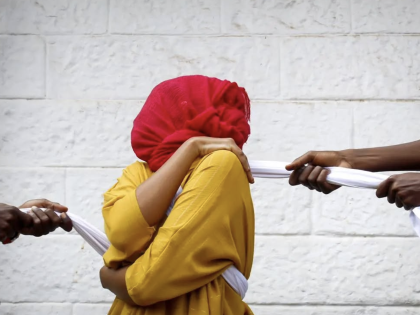Zombie Harlem
Drummers Requiem on 125th Street in New York City.

All images by Samater M. On Twitter: @canvasraw
I never understood what Gil Scot Heron was talking about in his song “New York is Killing Me” (from his last studio album I’m New Here) I understand now, it means that people so loved, admired and coveted his genius that they smothered him to death. The uniqueness that is the Harlem of yore- from the Renaissance, Duke too Hip Hop; this almost magical cultural phenomena of Harlem’s past, has ironically conjured this enormous possessive fetish by the hum drum wealthy. Bringing nothing but accumulation to Harlem’s cultural table. Buying Harlem’s magic, and vicariously wallowing giddy – through this association. Thus, the smothering ensued, and Harlem bespoke, “ Rich folks are killing me (New York).”
The decade rage of upwardly (white) mobile folks, and the already up there extremely rich, include a few folks of African/Latino descent (empire has always had its partners), precipitated large displacements of former African-American/Latino residents of Harlem. Economics (Americana) translation: racial discrimination.
Generational cultural continuities were consequently disrupted. The imaginative heartbeat of the community faced by the onslaught of a HIV, crack epidemic, Police & Guliani combo, good credit, high rent, and that masquerade (aka gentrification) just disappeared. The very same group who would ensure Harlem’s position of sophistication, pushing New York’s self esteem as the cultural capital of the world stood. The present day’s Langstons, Mckays, Wrights, Blakeys, Coltranes, Cruzs, and Chano Pozas, etc. Whatever; magical the name Harlem conjures in the imagination when summoned forth by the lips of any human. Harlem is now anywhere USA, the Same.
On the now famous 125th Street strip, way before you reach the Adam Clayton Powell Jr. block, while still enmeshed in the throngs of overtly urgent New Yorkers (plus the less urgent yet overwhelming tourists),
A nation of mad people, all engaged with the I, giggling, laughing and talking to themselves.
You can hear the sound of an orchestra of drums; way before you see any drummers or drums. Soon you encounter an almost jarring displacement of ancient figures seated around the base of a statue hypnotically transfixed in the moment. Ancient might as well be! Anything past the millennium that way, is ancient history in our grand new (microwave) world of the I – pad, the I – phone and mainly I, I – infinitum ad nauseam self(fie) aggrandizement.
Oh excuse me, lest we forget, The I – watch the Kardarshians.
The master drummers, for the most part, male, are truly figures from the past in their eccentric oddity, when juxtaposed with the Starbucks paper/plastic cup wielding sea of humanity. This frenetic sea of banality, pass bye, clip- by the clip of light changes. From white to orange holding them from either going past the drummers to the nearby stores like H & M or the other way where the Grand old refurbished Apollo is smack in the middle of the block between a Starbucks at the end of the corner and the Banana Republic. The drummers, and their sounds from the djembes to the modern congas, and a variety of percussive instruments, stare down the oblivious crowds on their long march in step with “progress,” taking in the scene in a microwave Instagram momentous scan. They are plugged in and “out” on their iPhone™, talking incessantly along with the rest of the republic, at arms length and far from physical life form.
They represent in the figure a time lost to corporate likeness. A wasteland of sameness, empty (almost) and lifeless, they appear as an apparition in their almost eccentric clothing, all individual and unique, faces forlorn in this midst of this time; where there is a journey of singularity yet they symbolize collectivity in their gathering. The gray underneath the cuffes, drum the rhythms of liberation ironically sequestered at the base of the statue of Harlem’s own son of the soil Adam Clayton Powell Jr. His figure appropriately has its back toward the large concrete sterility of the federal building. Symbolically emphasizing this hostility in concrete the large grounds are hostile in their bareness of trees, shade from the Sun in the summer, or covered places in the winter.
The drummers drum and play, while Adam looks far off into the horizon, one step forward, coat tails unfurled. An almost leap into the optimism he can see in the Horizon for the future of African Americans and all humans as a result. It is as if the drummers find this spot at the base of this statue as the only plausible space to play a daily requiem to: Harlem, Black internationalism, Pan -Africanism, American citizenship. These are all lost in the storm of what is, that side of the Millennium.
The urbane art set forth too memorialize these significant figures all over Harlem do not lie, as in every good work of art it gives you a sense and the mood of their time. The statues all have in common an empowered individual symbolized in how hostile these places are too the public. More important, the figures symbolize the distinct individual with differing desires and thoughts. Unique and part of a larger whole surely endangered, as they sit overwhelmed by the constant stream of pedestrian traffic who represent a homogenized sameness.
No trees, no thought for seats or places the young and old commiserate. They remarkably are devoid of community, which was then the struggle. In a sense a place where you can chill visually and reach back to great Harlem, but without the public that peopled the struggle, and passion of say the Duke, or Adam Clayton Powell.
The drummers play never looking up.

